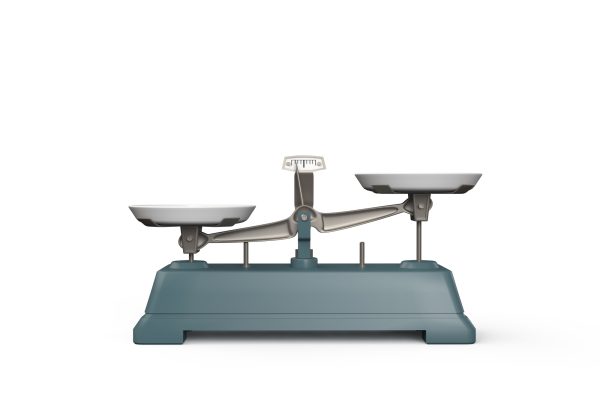Full Sprint!
The economy is now in full sprint, after being “Off to the Races”, as we wrote a month ago. Payroll jobs surged by 1.07 million in March, including upward revisions to prior months, and additional mega-sized jobs gains are likely in the coming months, as vaccinations continue to roll out rapidly and the economy reopens. Consistently, stocks had a terrific month with the S&P gaining 4.2%, while bonds got crushed, as we’ve been warning, with the 10-year Treasury soaring 81 basis points in yield (admittedly even faster than we anticipated). We expect all of these trends to continue in the second quarter.
The macro story is actually quite straightforward. As vaccinations inoculate ever larger fractions of the population, governments will permit more businesses to reopen, and people will be anxious to get back to their lives. This is evident in a very wide range of economic statistics. It was reported on Friday that almost 4 million doses were administered in a single day. Age limits to qualify for vaccination are being reduced rapidly across the nation, even as vaccine supplies ramp further. Nearly one-third of our total population has already received one dose and nearly one fifth is fully inoculated (and more are protected when taking account of those who have recovered from Covid).
Activity is rising towards normal, even if it isn’t there quite yet. TSA checks already exceed 1.5 million daily and airlines report that bookings are rising sharply. Delta Airlines is now selling middle seats again, the last airline to do so, and more airlines are recalling pilots and bringing parked planes back into service. Gasoline consumption is nearly back to pre-pandemic levels and retail sales are now higher. Attendance is rising at restaurants, bars, gyms and spas, the last places we expect people to be comfortable. While demand is strong, production increases are being constrained by a lack of workers and supply shortages, with autos a notable example. It will take months, if not quarters, to work out all the kinks in the supply chain, but the economy will enjoy very strong ongoing impetus to growth from backlogged demand. In addition, the recent $1.9 trillion fiscal stimulus package will add gasoline to the fire, with a sizable infrastructure package still looming, and monetary policy still adding billions in liquidity to the financial markets each month.
It is entirely appropriate to wonder if it is all too much, too quickly. The 6.0% unemployment rate reported for March is likely to fall below 5% by the end of the year and the inability of firms to hire as quickly as they wish could push up labor costs and inflation. Some rise in inflation is expected because of base effects. In March and April 2020, inflation was extremely soft, reflecting the shutdown of large swaths of the economy. So, year over year comparisons will soon become quite unfavorable. This “surge” in inflation is widely understood and the Fed has stated it will prove to be temporary. And, the Fed might be correct. But what if it masks a more general upward pressure on inflation because of the robust expansion? That won’t become clear until the second half of the year when these base effects die out.
Monetary policy is still focused on promoting a rapid recovery. The Fed’s objectives have changed and they are now seeking definitive evidence that inflation will remain consistently above 2%, since it has been below their objective for a long time. The Fed suggests it knows how to rein in inflation when that time comes. But having lived through the high inflation period of the 1970s, I recall all too well that high interest rates for a protracted period of time were needed to quell the inflation inferno that had been unleashed. With fiscal and monetary policy highly focused on promoting a very vigorous recovery and with government plans to introduce major new social programs second only to Johnson’s Great Society, the risks seem mostly one-sided towards higher inflation.
The investment implications of current economic conditions for markets are as positive for stocks as they are negative for bonds. The strong economic recovery will be evident in corporate earnings reports, which will begin to emerge for the first quarter within the next two weeks. Estimates are mostly being revised higher and we expect stocks to perform well following a 7% gain in the S&P in Q1. In contrast, such widespread evidence of economic strength is likely to hurt bond prices. TLT, the long-term Treasury ETF, declined over 14% in value in the first quarter. Even with the recent rise in interest rates, 10-year Treasuries yield only 1.7%, still well below the Fed’s inflation objectives. We have carefully positioned for cyclically sensitive stocks to perform especially well, while keeping our bond maturities short to protect against rising interest rates.




LATEST ARTICLES